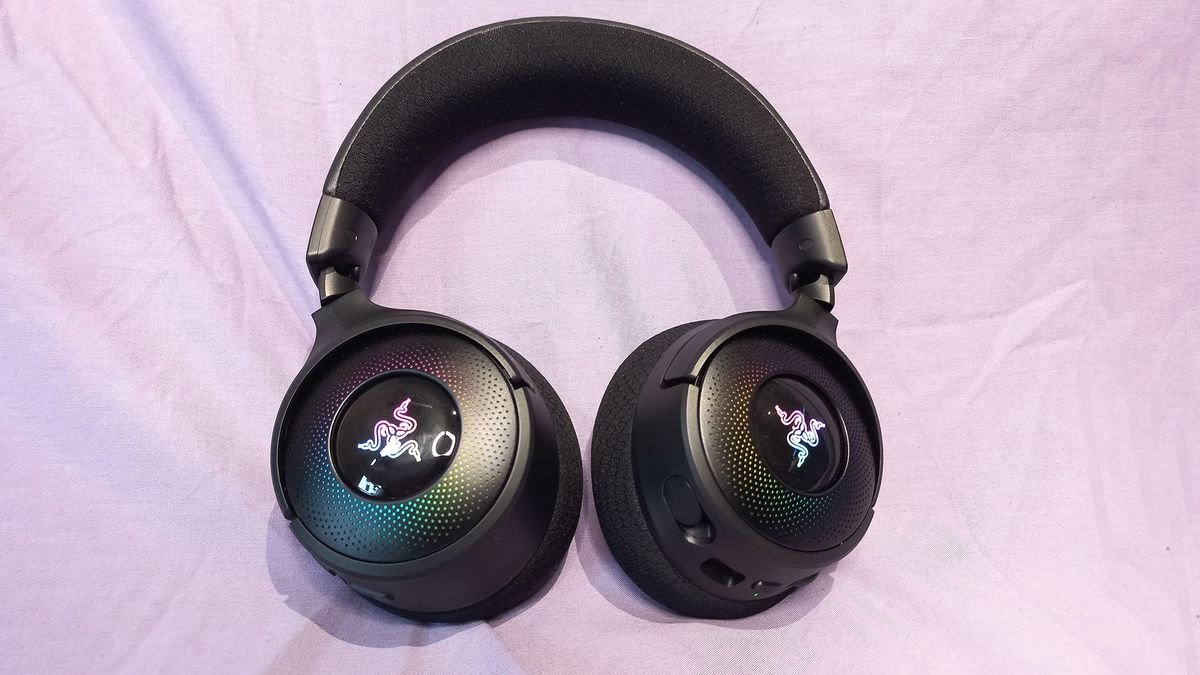Building your own gaming PC can be an exciting adventure, a rite of passage for tech enthusiasts. But as one Reddit user recently discovered, even meticulous planning can’t prevent every mishap. After spending two months selecting the perfect components, he hit a common yet costly snag: his new graphics card didn’t fit in his computer case.
The Classic PC-Building Pitfall
In today’s age of YouTube tutorials and online guides, assembling a custom PC has become more accessible than ever. Yet, some mistakes seem timeless. One of the most frequent errors is purchasing components that are too large for the chosen case. With graphics cards growing in size and power—often commanding a significant portion of the build’s budget—it’s not uncommon for builders to skimp on the case to save money. Unfortunately, this can lead to spatial conflicts that aren’t apparent until assembly time.
I’ve heard stories of frustrated builders resorting to drastic measures: cutting parts of the case, leaving panels off, or even trying to house components in makeshift cardboard enclosures. These improvisations rarely end well and can pose safety risks.
A Painful Lesson Learned
The Reddit user, known as EmperorPalpatine651, shared his experience with the community. Brimming with excitement, he had devoted two months to researching and purchasing what he believed were the ideal parts for his first gaming rig. Central to his build was a high-end NVIDIA RTX 4000 series graphics card—a powerhouse component by any measure.
However, when the time came to assemble everything, reality struck hard. The graphics card was too large for the case he’d selected. His post was succinct but heavy with disappointment: after all that planning, a single oversight had derailed his project.
He included a photo of the ill-fitting GPU attempting to occupy the space clearly too small for it. The image resonated with many in the Reddit community, sparking a flurry of comments ranging from sympathy to light-hearted ribbing.
Community to the Rescue
While some users couldn’t resist a good-natured tease, many offered constructive advice. Several pointed out that the case’s specifications likely mentioned the maximum supported GPU length and that certain graphics cards require specific installation methods—like vertical mounting instead of the more common horizontal approach.
Others shared similar experiences, emphasizing the importance of double-checking component dimensions and consulting manufacturer guidelines. It’s a reminder that in PC building, attention to detail is crucial.
One commenter suggested using resources like PCPartPicker, a website that helps builders verify component compatibility, including physical dimensions. Tools like this can prevent such pitfalls by alerting users to potential issues before purchases are made.
The Silver Lining
Despite the setback, the Reddit user’s experience serves as a valuable lesson—not just for him but for the broader community of aspiring PC builders. Mistakes happen, even with careful planning. What’s important is how we respond to them.
In this case, the outpouring of support and advice from fellow enthusiasts highlights the collaborative spirit of the tech community. It’s a space where newcomers can learn from veterans, and where shared experiences help everyone improve.
Tips for Future Builders
If you’re considering building your own PC, here are some tips to avoid similar headaches:
- Measure Twice, Buy Once: Always check the dimensions of your components, especially larger ones like graphics cards and coolers. Compare them against your case’s specifications.
- Use Compatibility Tools: Websites like PCPartPicker can help you plan your build and flag any potential compatibility issues.
- Read Manufacturer Guidelines: Don’t skip the fine print. Installation instructions may include crucial information about component orientation or required clearances.
- Consult the Community: Join forums or social media groups dedicated to PC building. Experienced builders can offer insights and may have encountered similar challenges.
- Don’t Skimp on the Case: While it’s tempting to allocate most of your budget to performance parts, investing in a quality case can save you from future headaches. A well-designed case not only accommodates your components but also provides better airflow and ease of assembly.
Conclusion
Building a PC is a rewarding experience that combines technical know-how with personal customization. While setbacks like the one faced by EmperorPalpatine651 can be frustrating, they also offer opportunities to learn and grow. So, if you find yourself staring at a graphics card that won’t fit, take a breath, consult the community, and remember that every expert was once a beginner who made a few mistakes along the way.
My name is Noah and I’m a dedicated member of the “Jason Deegan” team. With my passion for technology, I strive to bring you the latest and most exciting news in the world of high-tech.






